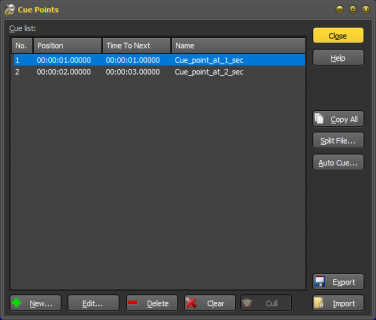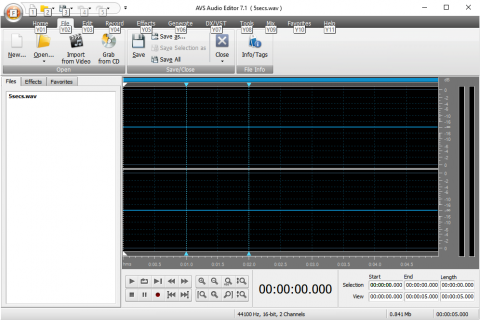I'd probably suggest teensy might not be the best platform for this. Assuming you're using DJ software such as Serato, you'd need to load the .wavs onto an SD, plug that in, get it to do your analysis, and then re-write the file, get it back onto the card, back to the computer, and into your library. Seems like a lot of extra steps, whereas I'd be inclined to write something in python or C++ to do this all on the computer (because those are the languages I know). I would imagine you can find all kinds of libraries on the internet to do this sort of thing.
and then the question would be figuring out how your software of choice stores and uses this data. I *think* Serato stores all this on the individual .wav file. You can find key/BMP/beat grid information written in the .wav file, but I can't see how/if the cue point information is in there. You might find someone has figured this out, or you could try doing a before/after comparison to the file to see if it changes when you add a cue point. Of course, it's possible the software files the cue point data somewhere else, in which case you might have to do a little digging/googling to find out where this is and how to modify it.
After that, it's a simply case of just editing files accordingly.



